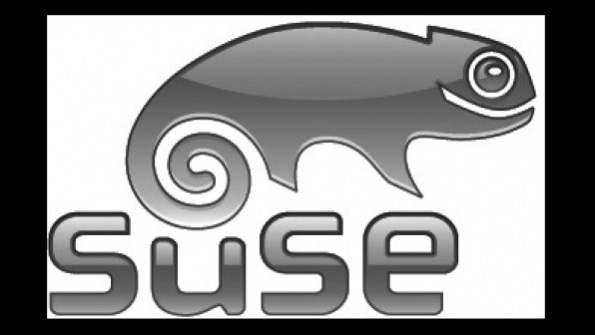SUSE Linux Enterprise Server 11, one of the leading open source Linux operating systems for the enterprise, reached a major new milestone July 8 with the introduction of Service Pack 3 (SP3). From virtualization to next-generation storage to clustering, the update offers customers an array of new features and make SUSE, the Attachmate subsidiary that develops the OS, a strong contender in the enterprise server market.

SUSE Linux Enterprise Server 11 (SLES 11), one of the leading open source Linux operating systems for the enterprise, reached a major new milestone July 8 with the introduction of Service Pack 3 (SP3). From virtualization to next-generation storage to clustering, the update offers customers an array of new features and make SUSE, the Attachmate subsidiary that develops the OS, a strong contender in the enterprise server market.
The service pack brings SLES 11, which had its initial release in March 2009 and last received a service-pack update with SP2 in February 2012, up to speed with some of the latest innovations in enterprise servers. While the full list of changes and features new to this release reflects the nearly 18 months that separate SP2 from SP3 and is too lengthy to reiterate here, major highlights of the new version include:
Compatability with the latest server CPUs, including the Intel (INTL) Xeon Processor E5 Family, Intel's microarchitecture code name "Haswell" and AMD (AMD) Opteron 4000 and 6000 Series. SP3 can also support up to 4096 logical CPUs and 16TiB of memory on a single system, which SUSE executives say will help make the OS attractive for consolidating legacy servers onto newer hardware.
Support for PCI Express SSD storage, another important innovation for customers hoping to take advantage of the latest hardware technology.
A comprehensive platform for building and managing clusters, including expanded GUI tools. In an interview, SUSE executives pushed the clustering support as a key feature that sets the OS apart from other Linux distributions.
Like SP2, SP3 will nominally run Linux kernel version 3.0. SUSE representatives, however, emphasized that the kernel build included in the new release integrates extensive code backported from later Linux kernels to provide greater hardware compatibility and more software features.
SP3 is generally available now from SUSE. Stay tuned for further coverage of the OS later this week.
About the Author(s)
You May Also Like


